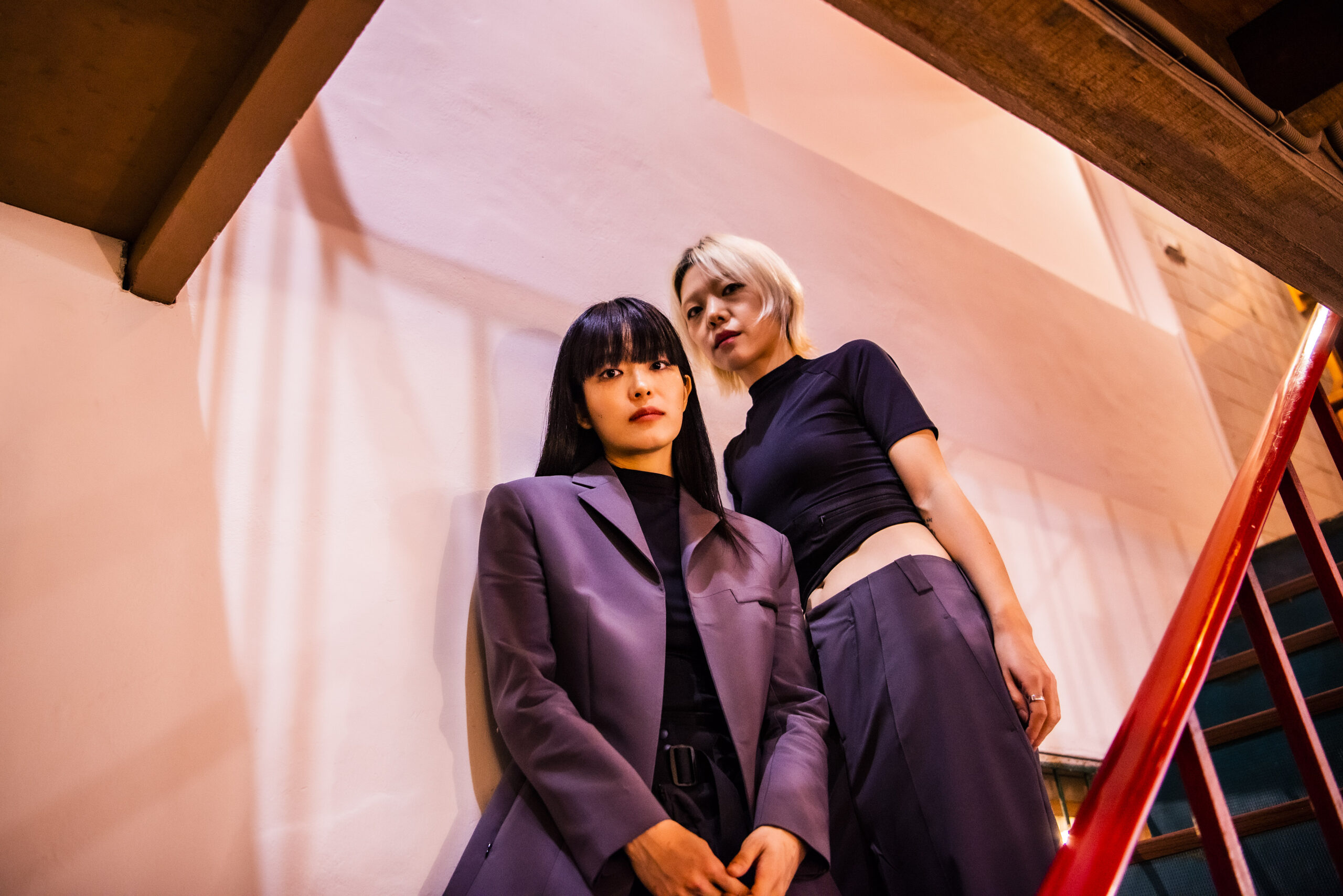A duo of South Korean "musical shamans" have landed in Taiwan. HAEPAARY breaks down boundaries and creates avant-garde sounds, overturning the conventional dichotomy of preservation, or subversion of tradition, and makes people wonder, "Should this kind of music be changed in this way?"
Both members of HAEPAARY have traditional music backgrounds and base their work and performances on an extremely restrained Jongmyo-Jeryeak (宗廟祭禮樂). This is a ritual song and dance in the strict Confucian tradition that worshipped kings and queens in the Joseon Dynasty (1392-1897); while Namchang-Gagok (男唱歌曲) is a traditional Korean vocal genre that has been performed exclusively by men under the pretext of "tradition." In doing so, they have introduced a brand-new sensation to Korean traditional music.
During performances, it is tempting to believe the royal spirit of the Joseon Dynasty is just as moved by the new sounds as Taiwanese audiences across the sea from Seoul.
Taiwan Beats learned more about HAEPAARY’s story after their performance at TheCube Forum Music Festival – Sonic Shaman (立方論壇 - 聲波薩滿).
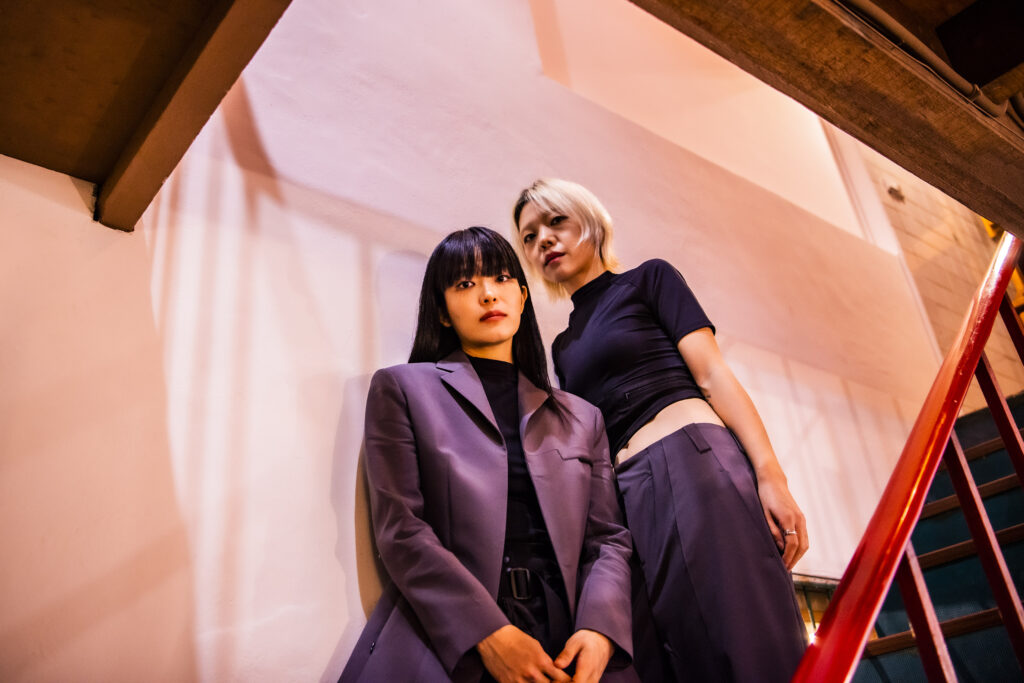
Q: What was your first impression of Taiwan?
Park Min-hee, vocalist and executive producer: These days, cultural boundaries have been torn down. I think Taiwan has a lot of listeners who know about many genres. I got the impression from Taiwanese audiences that they were sincerely open to accepting diversity.
Choi Hye-won, sound producer and instrumentalist: Actually, in Korea, there’s a lack of music scenes for musicians like us.
Min-hee: That’s right. But in Taiwan, I think there are a lot of people who are sincerely curious about experimental music, or music outside of the existing genre, and listen to it openly. I could feel that the audience was genuinely enjoying our performance today.
The audience was so passionate that it felt like they had taken away all our energy. Especially since Taiwan is also an Asian country, we could comfortably perform because they looked at us without prejudice. In Taiwan, we don't need to be worried about perspectives such as Asian fantasy or orientalism.
Q: What is the meaning of the name HAEPAARY ("jellyfish," in Korean), and what’s the story behind it?
Min-hee: We chose the name since it’s easy to pronounce, and it doesn’t mean anything, but it feels pretty.
Hye-won: Right. The most significant meaning of our name is that there is no meaning.
Min-hee: Our image becomes unnecessarily serious if we put too much meaning in the team name. We consider things a lot when making music, and we hope listeners enjoy it with a light heart. We wanted to make popular music with that in mind, and that's how we started HAEPAARY.
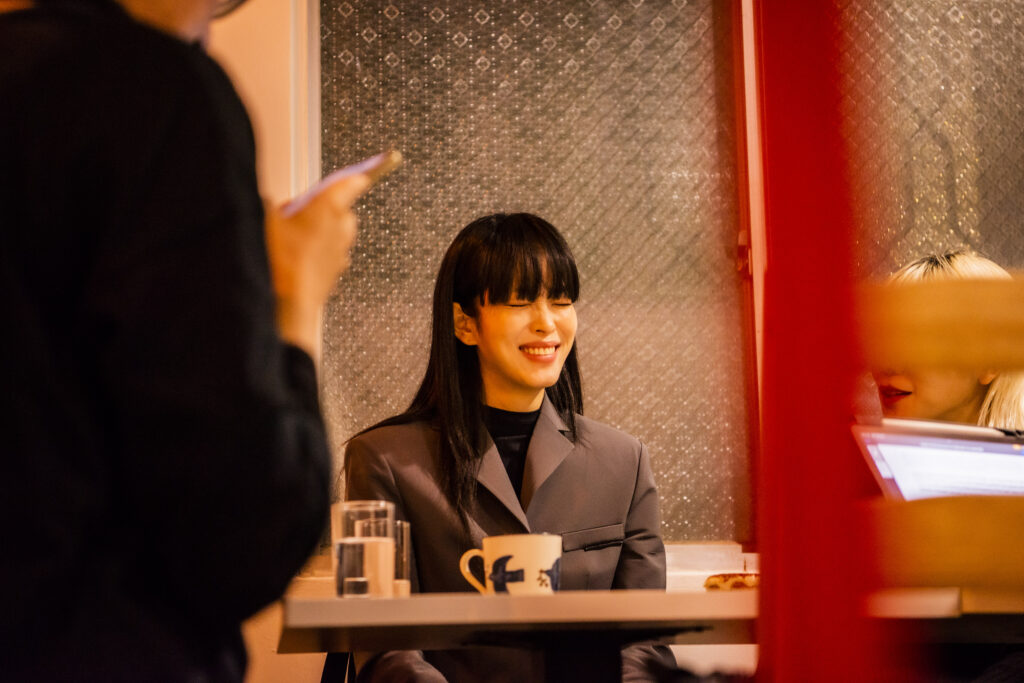
Park Min-hee
Q: HAEPAARY’s music has been described as "alternative electronic music." How do you interpret the meaning of "alternative" here, and how do you apply it to HAEPAARY’s music?
Min-hee: We’d like to suggest alternative directions, both content and form. And I think our music can be an alternative to both electronic and traditional music, particularly electronic music in Korea or other Asian countries. There are many cases in which musicians use and sample traditional local music and sound sources.
But since we focus on traditional Korean music, we don't approach those sounds as just sounds, but also want to understand the context and discourse of traditional music and sounds. We can confidently say that we don't just use traditional sounds as a musical element.
Still, by combining traditional and electronic methods, we approach traditional sounds utterly differently from simple conventional sampling. In this respect, we have proposed a completely different way of thinking and a new musical method, not just a new sound. In that sense, our music is alternative.
Hye-won: When we say "alternative music," we actually refer to electronic music in a broader sense. If simply looking at the form of our music, playing methods, and the production process, the elements of electronic music are there.
But since we know Korean traditional music so well, we decided to expand the range of electronic music by bringing in traditional music methods. So, even though we don’t know exactly where we are right now, we think it’s electronic music broadly speaking.
But if we firmly define our music as electronic, everyone's thoughts will be trapped in this way of thinking about electronic music, and their perspective on our music will also change. We don’t want to be stuck in that kind of perspective, and we’re not working that way, so we say, "It’s alternative music."
Q: For most Koreans, Jongmyo-Jeryeak has become a traditional teaching that is gradually being forgotten. You’ve said, "It was a waste of this precious music for only me to listen to it." What part of Jongmyo-Jeryeak inspired you to make new music out of it?
Min-hee: First, we started the project based on a consensus that Jongmyo-Jeryeak is such fantastic music.
Hye-won: As I make music on the computer, I approached Jongmyo-Jeryeak as a sound. In Jongmyo-Jeryeak, performers sing together with consistent breathing. It is called "unison" in music. Everyone plays together with a very simple musical score.
In a space where Jongmyo-Jeryeak is performed, this simple sound is trapped and resonates in the space. It's really cool that the human voice and the simple sounds of various instruments are combined to make a sound bath. So, it may not be easy to listen to, but it’s cool to go inside and feel the sound. I wanted people to know about this music. The experience of being overwhelmed while listening to Jongmyo-Jeryeak differs from the experience of listening to western-style orchestras.
Min-hee: For me, the whole ritual of Jongmyo-Jerye (宗廟祭禮), not only Jongmyo-Jeryeak (宗廟祭禮樂) as music, is fascinating. There are a lot of Confucian rules here. But interestingly, they are not musically rational rules. It’s very ideological and philosophical. For example, notes are not arranged musically without considering harmony. Instead, they’re placed because the notes have to be there philosophically. In this way Jongmyo-Jeryeak is a very philosophical music.
This attracted me. Of course, as Hye-won said earlier, it’s not easy to listen to this music. In the past, it wasn’t for listening to, but for practical use. It was music for ancestral rites in the Royal Shrine of the Joseon Dynasty. In other words, since it was functional music for the national ritual, the form and order of ancestral rites were important, not musical harmony.
As a result, the compositions of Jongmyo-Jeryeak became very avant-garde based on this background. It’s not important whether the sounds of these instruments match each other but whether the material properties of the instruments match. The material is approached by the philosophical idea that there should be a stone in this part, iron in this part, and wood in another part, was so fascinating to me.
Everything is determined by other people’s eyes these days, and every individual lives toward others. For example, in the past, when we asked someone to dance, they did random dances that they enjoyed themselves. But these days, they all do K-pop dances to show someone. Looking at this, I thought, "Oh, these days, enjoyment doesn’t come from the inside but from the outside." But Jongmyo-Jeryeak is the opposite of all of this. In the enjoyment of Jongmyo-Jeryeak, there is no place for the gaze of others and joy from the outside.
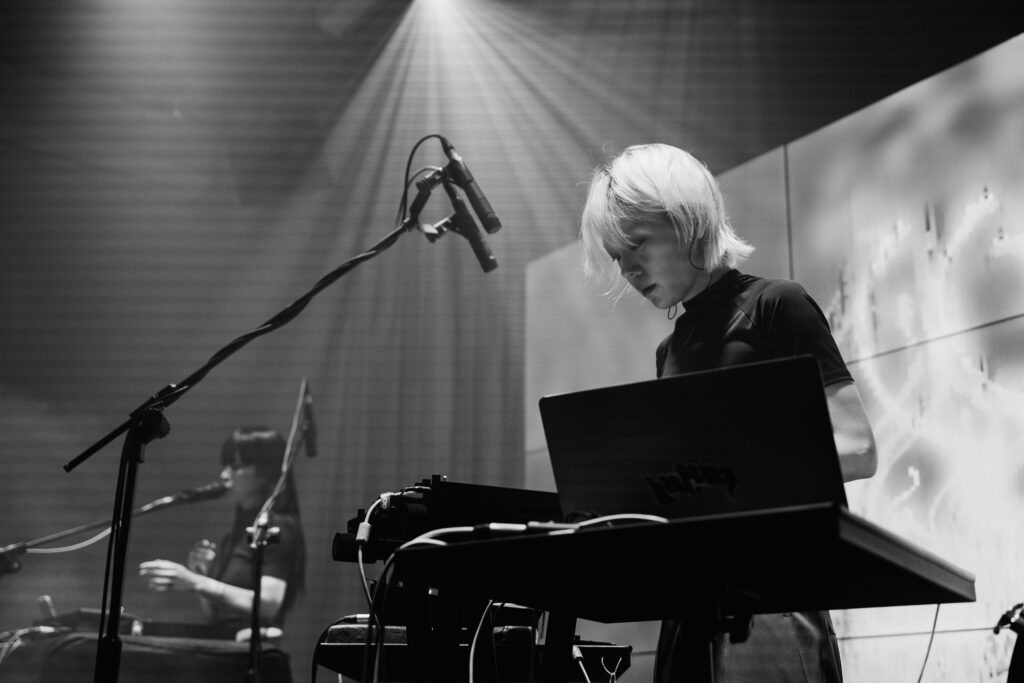
Q: Did you pay particular attention to the dance performance when you worked on A Shining Warrior - A Heartfelt Joy? Also, I’m curious about the props used in the dance performance.
Hye-won: It’s our dance break (laughs). Jongmyo-Jeryeak is more than just music. Everything is essential in the form of mixed arts, including dance. We made music with this but added dance because a minimal performance of Jongmyo-Jeryeak is fantastic.
Min-hee: There isn’t a dance as minimal and powerful as Jongmyo-Jeryeak. I love this minimal dance, so we thought it would be fun to do it. We approached it with this kind of entertainment mindset.
Hye-won: In addition, Jongmyo-Jeryeak is divided into munmu (civil dance) and mumu (military dance). Munmu is a dance in honor of those who have already made scholarly achievements, and mumu is a dance for honoring military feats. So, each dance has different props. Holding these two dances’ props at once is something that can’t be seen in traditional Jongmyo-Jeryeak. But we thought both dances were beautiful, so we changed the dance to hold them together.
Min-hee: Although we say lightly, “It’s beautiful to show both,” we greatly respect this because we are Koreans who have studied traditional music. And we avoid taking a superficial consumerist approach without knowing what the props are for.
For example, it’s in a completely different context from, say, tourists buying a statue of the Buddha and putting it on their dining table as an ornament. We have a lot of respect for this and understand the background. In a way, we try to twist this, like our music. We believe in our music and tradition, and we see our creation as an extension of this.
Hye-won: Of course, people who perform rigorous traditional music say to us, "You’re not supposed to hold them simultaneously." Then we say, "We know, but it doesn’t matter because we’re interpreting the performance in our style."
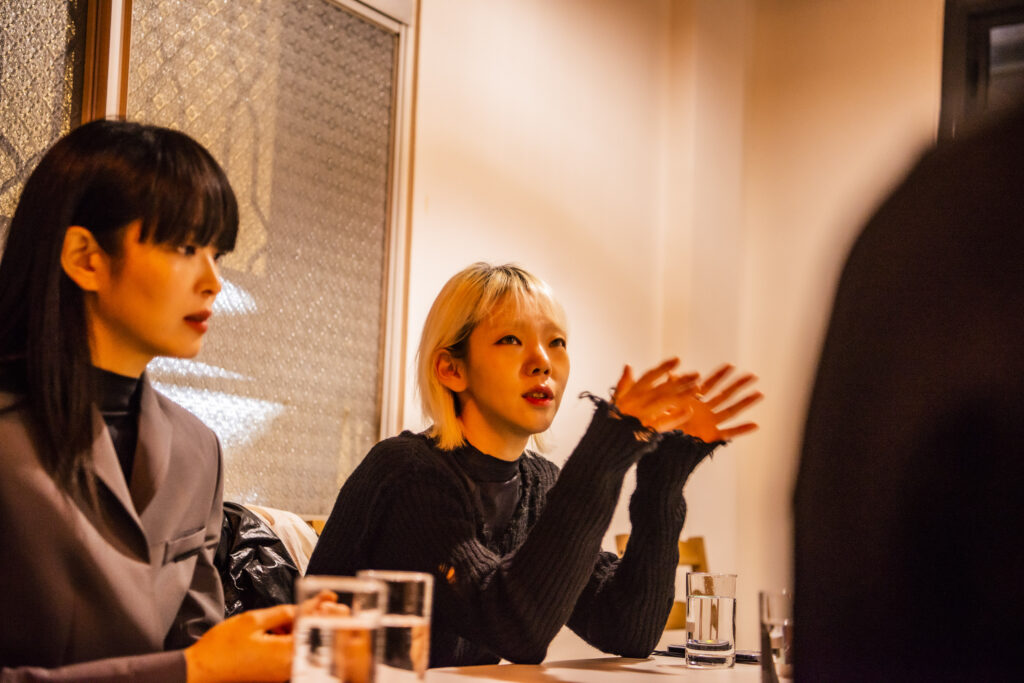
Choi Hye-won (right)
Q: Did you have particular reasons for targeting these genres, such as traditional ritual music and songs that have always been exclusive to men? I'm also curious about your mindset in the work process.
Hye-won: First, we don’t have any sense of duty about these genres. We met and talked to each other, saying, "I like Jongmyo-Jeryeak!" and "me too!" It was our start. And we’re both rebellious. Our music is processed, focused on rebelliousness. That’s how we started working with Namchang-Gagok (男唱歌曲, songs for men). "There’s no reason we can’t do it, so let’s do it!" It was like that.
Min-hee: The narratives of the lyrics for Yeochang-Gagok (女唱歌曲, songs for women) and Namchang-Gagok are really different. The singing style and the vocalization are also different. As a female who majored in traditional music, I have studied Yeochang-Gagok since I was young.
However, one day, I watched a Namchang-Gagok performance and thought, "They look so comfortable." When I sing Yeochang-Gagok, I feel a strong sense of self-otherization because it requires fancy and complicated techniques and has a lot of restrictions on stage. Yet the guys who sang Namchang-Gagok looked so comfortable in comparison. So, I looked through the lyrics of Namchang-Gagok and realized the lyrics were completely different.
The lyrics of Yeochang-Gagok are very passive, and are limited to love songs; while Namchang-Gagok has various themes. In addition, even if it’s about love, the love songs of Namchang-Gagok are not only about romance but also love for the king and for their success. These things actually reveal our social identity. As a result, from the perspective of women living in the 21st century like us, the lyrics of Namchang-Gagok are much more persuasive.
Hye-won: We look like we don’t care about tradition by saying, "Let’s just do whatever we want. Don’t care about others, and let’s do what we want!" However, there are basics we need to keep.
Min-hee: That’s right. We never talk about a reinterpretation of tradition. Rather, we refuse it. "Reinterpretation? I think there’s no just interpretation yet. Let’s not reinterpret it." We work like this.
Ritual ceremonies, such as Jongmyo-Jeryeak, are very solemn, but simultaneously, they incubate pop-cultural elements that people can enjoy. HAEPAARY has rediscovered and maximized the songs and dances packaged by Jongmyo-Jeryeak’s solemnity in a very hip and popular way and successfully preserved its traditional essence by using minimal and restrained dances and sounds.
HAEPAARY attempts to breathe new life into the past by constantly discovering new possibilities from existing things that are being forgotten. As Min-hee and Hye-won say, "We support the future of the little ‘jellyfish,’ HAEPAARY, that will keep changing and growing together with changes in the world’s discourses."
Interview: By Yulgong Lee
Photo: By Snape Wu
Special thanks to: Kishibe Café (岸畔咖啡)
